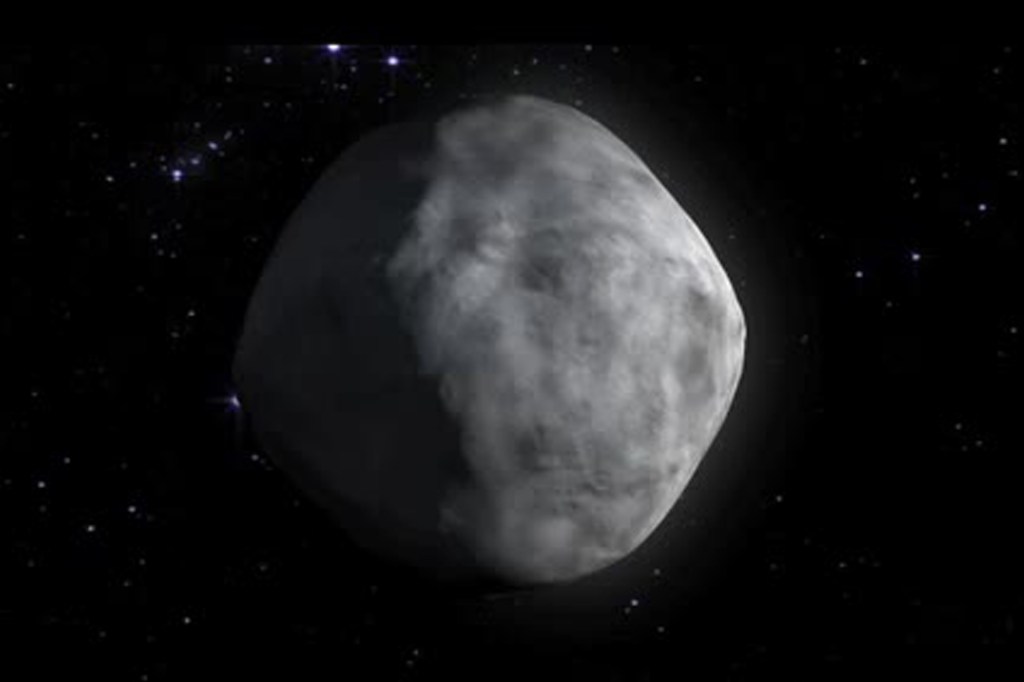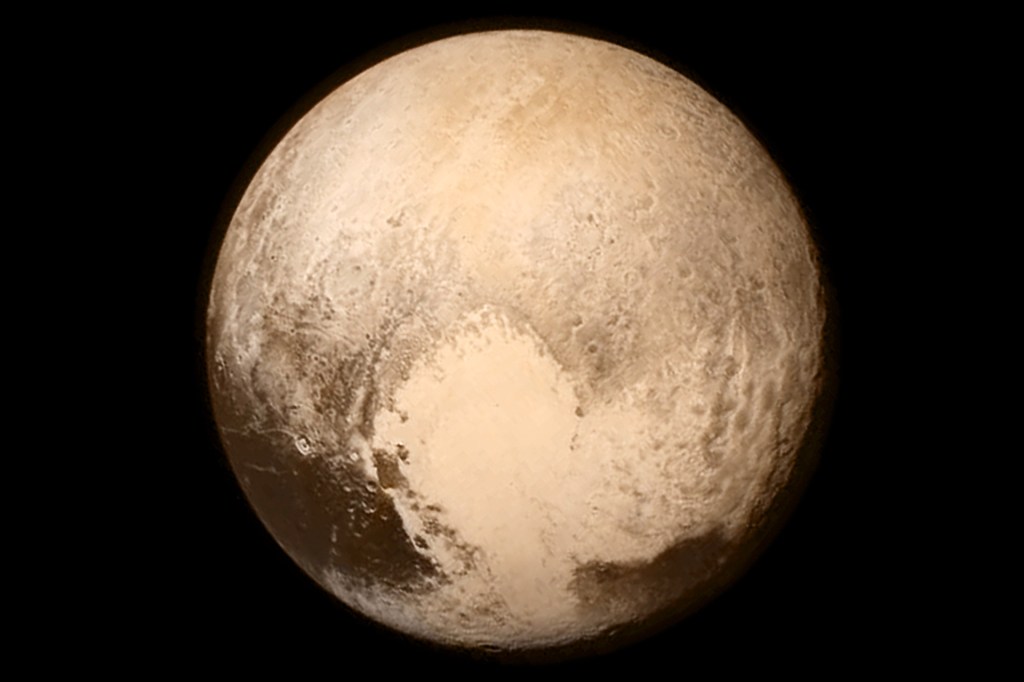
A solar eclipse will cross the continental United States on August 21, from Salem, Oregon, to Charleston, South Carolina. Millions of people will witness the spectacular space event. They won’t show up just because solar eclipses are extremely beautiful. They are also very rare. Here’s why.
A solar eclipse occurs when the moon passes completely in front of the sun and creates a shadow that darkens a portion of the Earth. The moon takes about one month to fully orbit the Earth. So solar eclipses could happen once a month, too. But there are other factors at work that ensure solar eclipses don’t happen too often.
For one thing, the moon’s orbit is tilted in relation to the Earth’s equator. This tilt means that when the moon eclipses the sun, the shadow it casts usually falls either above the Earth or below it. Here on the ground, the sun looks just as it always does. It’s only when the moon passes the sun at just the right spot in its orbit that the shadow reaches us. That creates a solar eclipse.
What’s more, in a wonderful bit of cosmic luck, the sun is about 400 times larger than the moon. But it is also about 400 times farther away. This relationship makes the two disks the same size in Earth’s sky. It gives the eclipse its perfect fit so that the bodies exactly overlap.

On March 9, 2016, people in Mumbai, India, gather at the Nehru planetarium to view a solar eclipse.
SATTISH BATE—HINDUSTANI TIMES/GETTY IMAGESBut the moon and sun don’t always fit together so well. That’s because the moon’s orbit is not a perfect circle. Rather, its orbit is an ellipse. That means the moon’s distance from Earth ranges. When the moon is farther away, it appears to be smaller. The sun becomes only partly covered because the moon appears too small to block it entirely. An eclipse that occurs at this point is known as an annular eclipse. The effect is still striking, but it lacks the dazzle of a total eclipse.
And then there’s the everyday matter of the possibility of cloud cover at the exact moment an eclipse is occurring. No clear sky, no eclipse for you. Add to all of these variables the fact that about 70% of the Earth’s surface is water. So by definition, only 30% of all total solar eclipses that do occur are visible from land.
But just because an eclipse is visible from land doesn’t mean everyone can see it. Because of the tilt of the Earth and the location of the moon and sun, eclipses are only viewable along a specific path. Since that path always changes, seeing an eclipse is rare for most people. The total eclipse that will be viewable from the U.S. in August will be the first since 1979. That one occurred over parts of Oregon, Washington, Idaho, Montana, and North Dakota. The 2017 eclipse will be seen from Idaho, Wyoming, Nebraska, Missouri, Kentucky, Tennessee, Georgia, North Carolina, and South Carolina. But, it is the first one with a path exclusive to the U.S. since 1776.
So catch this total eclipse if you can. You could be waiting a long, long time for another opportunity. The next total solar eclipse for North America won’t come again until April 8, 2024.













